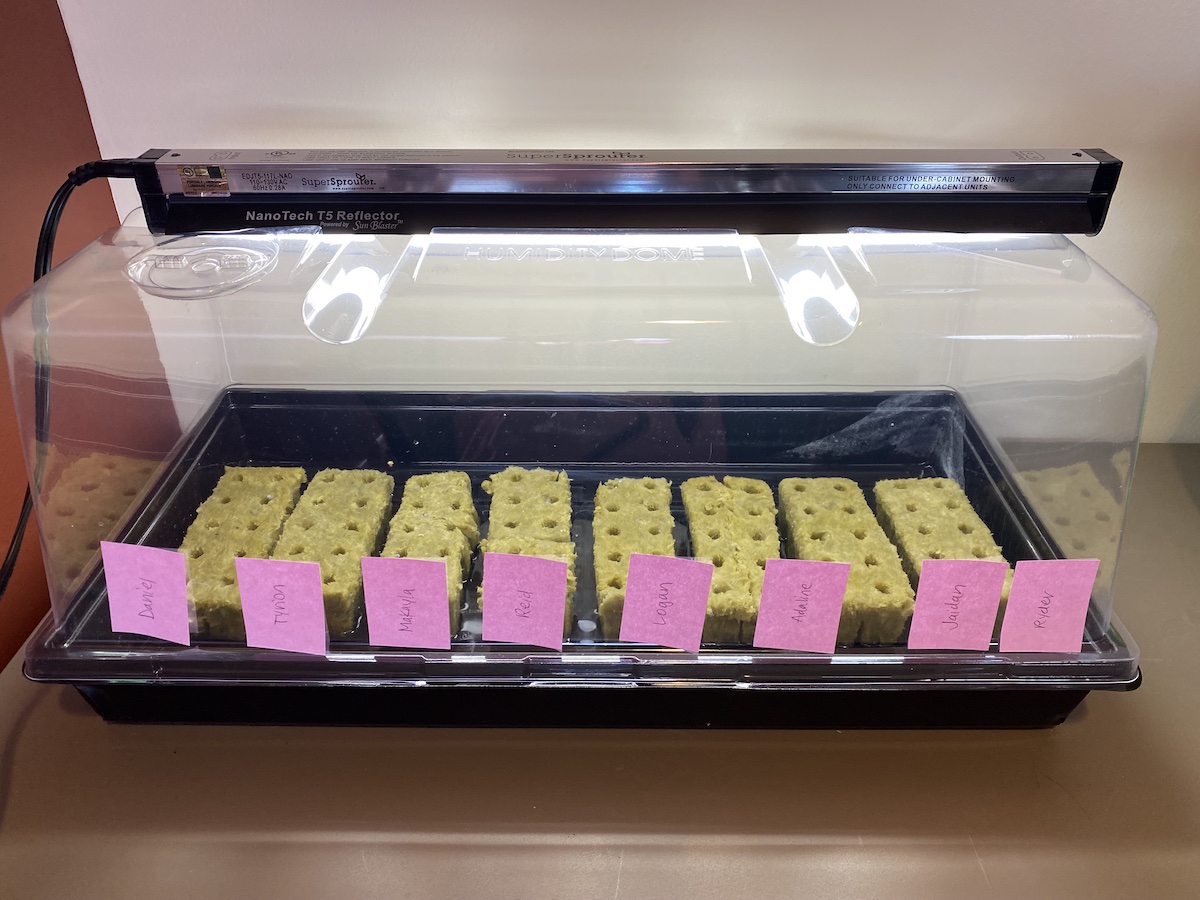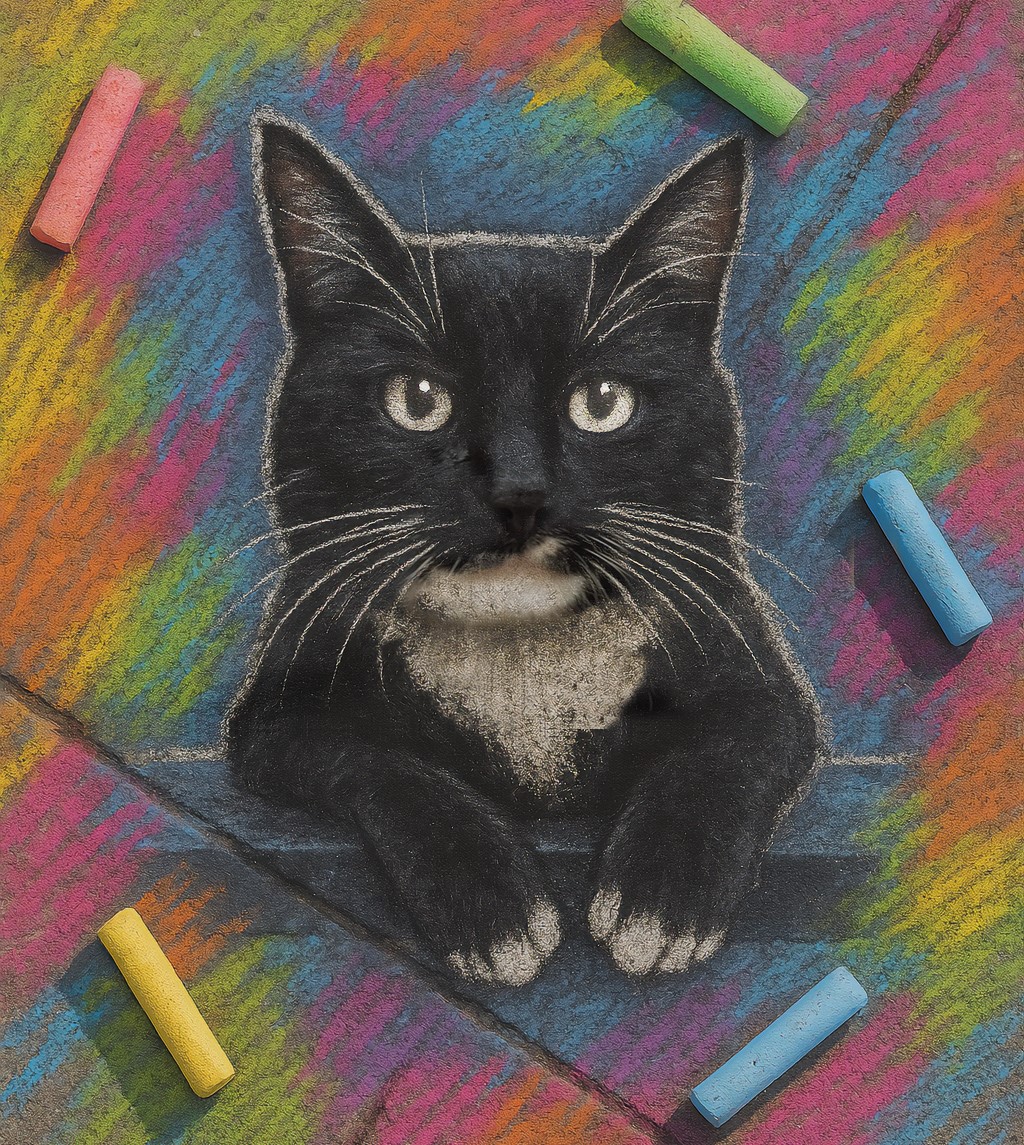Some information may be outdated.
The boardroom of the Grand County Public Library isn’t only hosting board meetings anymore: it’s also the location of a new hydroponic garden.
“I’m excited to go in there and steal some spinach to make lunch,” said Carrie Valdes, the library director.
The garden was created via a partnership between the library, BEACON Afterschool and the Youth Garden Project, funded by an American Rescue Plan Act grant through the Utah State Library Division of the Utah Department of Heritage and Arts, which is funding multiple hydroponic gardens throughout the state to help kids learn about growing food.
A hydroponic system uses only water and nutrients and is self-sustaining—there’s no soil involved. By incorporating grow lights into the system too, a hydroponic garden can successfully be grown anywhere, including inside a library.
“I’m super excited by it,” Valdes said. “It’s not a traditional library role, but these last couple of years really taught us that traditional library roles don’t necessarily serve the community to the fullest extent possible. We’re trying to look at not being a book warehouse because nobody wants that anymore.”
The partnership with YGP to create the hydroponic garden “came naturally” Valdes said: YGP’s mission is to grow kids, food and community through educational outreach.
The hydroponic garden is currently set up for a Kindergarten through fifth grade curriculum with six levels of systems for kids of different ages. The main system, for the older students, is a three-tiered shelf with bright pink grow-lights that can hold 200 pounds of vegetables.
“There’s lots of space to grow,” said Erin Vick, the youth programs director at YGP. The other systems include a garden inside a plastic tub, a garden inside what looks similar to a mini-greenhouse, and even a garden inside individual containers the size of a yogurt cup.
There are currently eight kids participating in the program, which is run through the BEACON Afterschool Program. The gardening program meets once a week, during which the students learn about how hydroponic systems work and what plants need to thrive in the system.
They’re growing arugula, basil, cabbage, lettuce and cilantro. Seeds were planted a few weeks ago, meaning they’ll start sprouting soon. The crops can be harvested in as little as four to six weeks, Vick said, and at the end of the program, each student will build their own system to take home.
“It’s cool to be able to offer kids a different perspective on growing,” Vick said. “A lot of these kids come to the [Youth Garden Project] and see that space, so this gives a different perspective of how you can grow in different spaces. I’m excited that the kids get to continue with the growing process, even though we’re out of season at YGP.”
Vick encouraged anyone who wants to explore and learn about the hydroponic garden to do so.
After the program is over, Valdes is unsure what’ll happen to the hydroponic system, she said, but she sees it as first, a way to connect the library to Moab’s gardening community, and second, as a stepping stone for getting more underprivileged and underserved communities interested in science.
“My staff has been advocating that we grow catnip for Cosmo, the library cat,” Valdes said.
Appreciate the coverage? Help keep local news alive.
Chip in to support the Moab Sun News.





